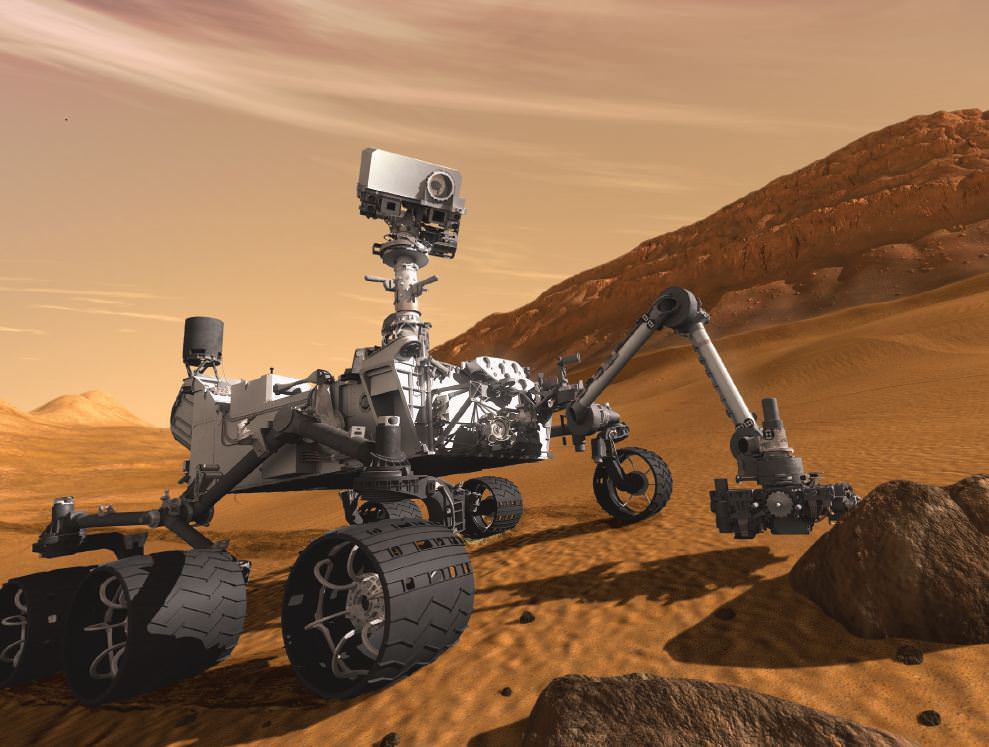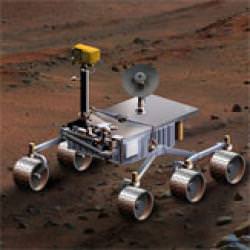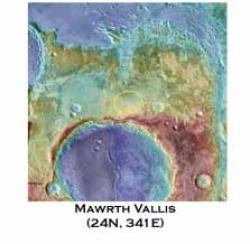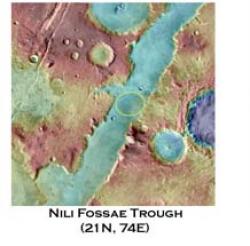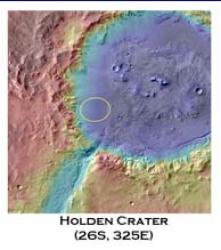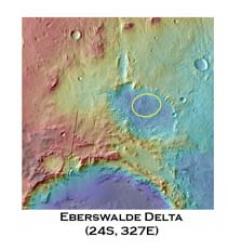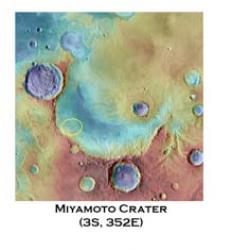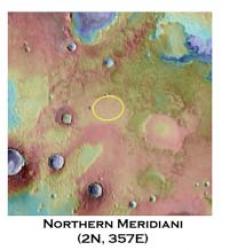The Mars Science Laboratory will be seeking clues to the planetary puzzle about life on Mars, the Curiosity rover is one of the best-outfitted chemistry missions ever. Scientists say Curiosity is the next best thing to launching a team of trained chemists to Mars’ surface.
“The Mars Science Laboratory mission has the goal of understanding whether its landing site on Mars was ever a habitable environment, a place that could have supported microbial life,” says MSL Deputy Project Scientist, Ashwin Vasavada, who provides a look “under the hood” in this informative video from the American Chemical Society.
“Curiosity is really a geochemical experiment, and a whole laboratory of chemical equipment is on the rover,” says Vasavada. “It will drill into rocks, and analyze material from those rocks with sophisticated instruments.”
Curiosity will drive around the landing site at Gale Crater and sample the soil, layer by layer, to piece together the history of Mars, trying to determine if and when the planet went from a wetter, warmer world to its current cold and dry conditions.
The payload includes mast-mounted instruments to survey the surroundings and assess potential sampling targets from a distance, and there are also instruments on Curiosity’s robotic arm for close-up inspections. Laboratory instruments inside the rover will analyze samples from rocks, soils and the atmosphere.
The two instruments on the mast are a high-definition imaging system, and a laser-equipped, spectrum-reading camera called ChemCam that can hit a rock with a special laser beam, and using Laser Induced Breakdown Spectroscopy, can observe the light emitted from the laser’s spark and analyze it with the spectrometer to understand the chemical composition of the soil and rock on Mars.
The tools on the turret at the end of Curiosity’s 2.1-meter-long (7-foot-long) robotic arm include a radiation-emitting instrument that reads X-ray clues to targets’ composition and a magnifying-lens camera. The arm can deliver soil and powdered-rock samples to an instrument that uses X-ray analysis to identify minerals in the sample and to an instrument that uses three laboratory methods for assessing carbon compounds and other chemicals important to life and indicative of past and present processes.
The three methods are an evolved gas experiment, which uses a mass spectrometer to look for potential long chain organic molecules on Mars; CheMin, an X-ray diffraction experiment to determine mineralogy; and an Alpha Particle X-Ray Spectrometer (APXS) on Curiosity’s robotic arm, like its predecessors on the arms of all previous Mars rovers, will identify chemical elements in rocks and soils.
In total Curiosity has 10 different instruments on board the roving laboratory, and test results from these instruments will pave the way for future Mars missions, and may provide insight in the search for life on other planets.
Image caption: Artist depiction of the Curiosity rover on Mars. Credit: NASA
Sources: NASA, ACS

